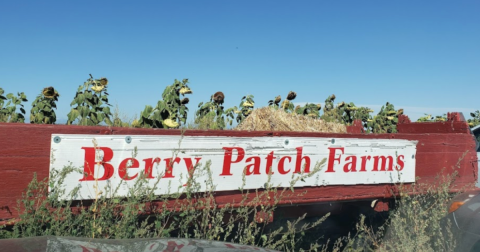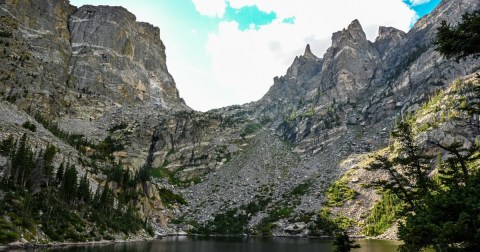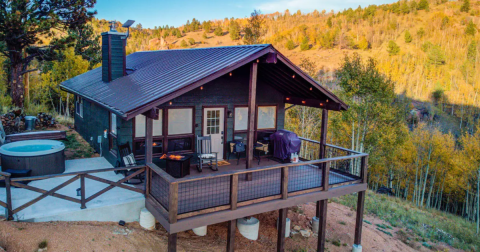Few People Know That Colorado Is Home To One Of The Last Remaining Short Grass Prairies In The World
Since the Kiowa and Arapahoe first came to Colorado, the shortgrass prairie has been an important part of Colorado’s landscape, home to such magnificent animals as the American bison and important crops like maize and soybeans. Sadly, these landscapes are now endangered, which makes us Coloradans all the more lucky to live in such close proximity to one of the last remaining prairies in the world:


Advertisement
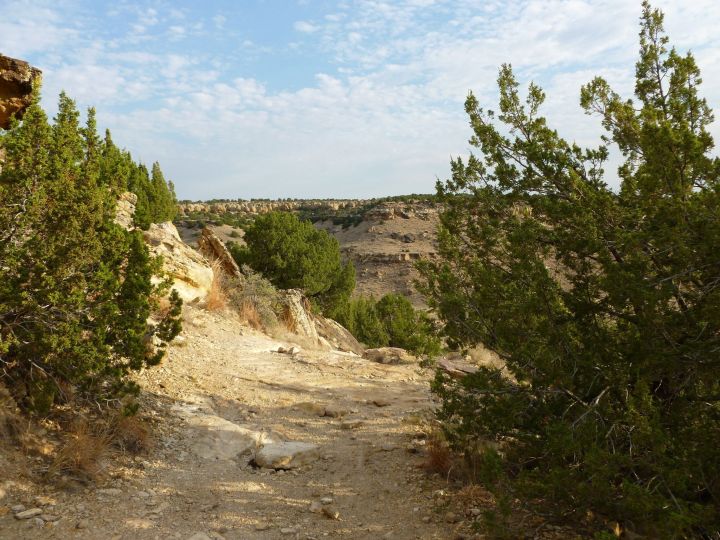
Advertisement


Picketwire Canyon has more than 100 dinosaur track-ways and 1,500 individual footprints, making it the largest dinosaur track site in America! Picketwire is located in La Junta and is open to the public.
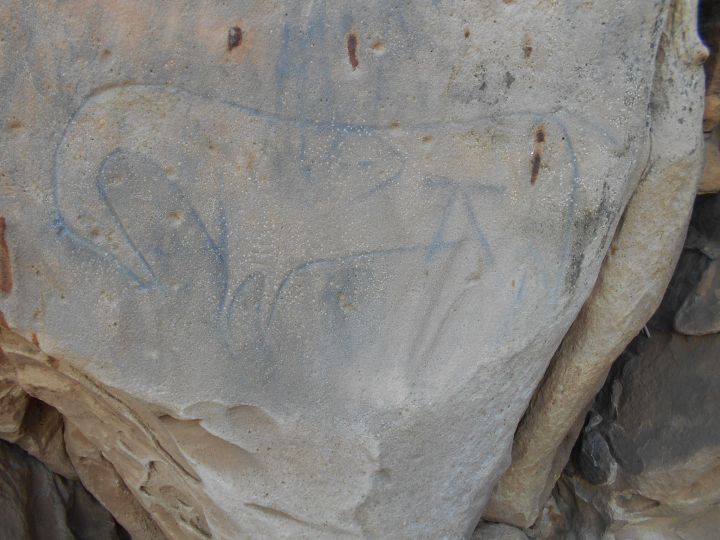
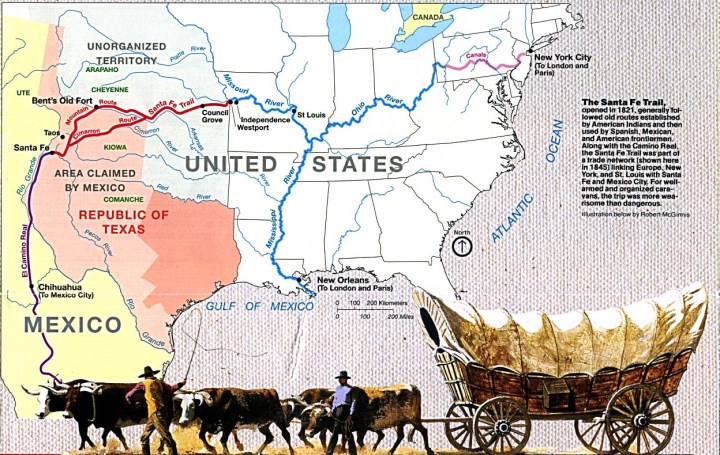
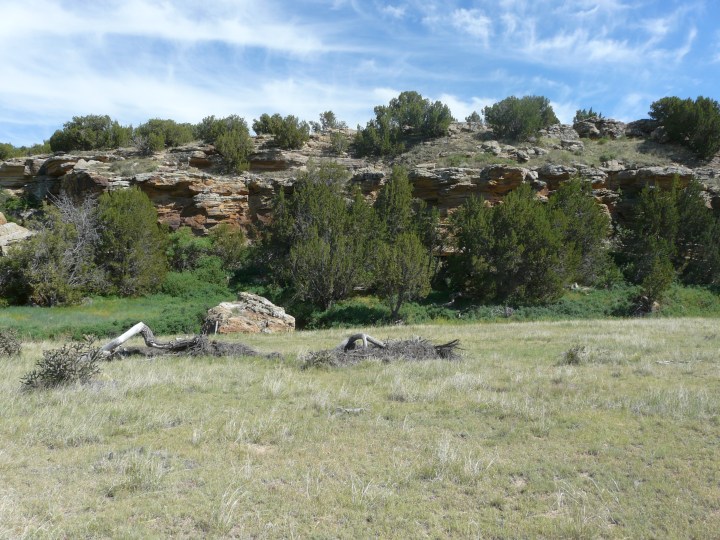
To learn more about this endangered part of America, visit the U.S. Forest Service's website.
Discover even more things to do within the Comanche National Grassland in our previous article: This One Small Colorado Town Has More Outdoor Attractions Than Any Other Place In The State.
OnlyInYourState may earn compensation through affiliate links in this article. As an Amazon Associate, we earn from qualifying purchases.


